Notice
The quadruple bottom line: Nonprofit Housing Organizations in the United States [VF] / Rachel Bratt
- document 1 document 2 document 3
- niveau 1 niveau 2 niveau 3
Descriptif
The quadruple bottom line: Nonprofit Housing Organizations in the United States: Variations, Vitality, and Values [version française] / Rachel Bratt. In "Mixité : an urban and housing issue? Mixing people, housing and activities as urban challenge of the future", 23ème colloque international de l'European Network for Housing Research (ENHR), organisé par le Laboratoire Interdisciplinaire Solidarités, Sociétés, Territoires (LISST) à l'Université Toulouse II-Le Mirail, 5-8 juillet 2011.
Plénière 2: International perspectives on social enterprise and hybridity in housing organisations, 7 juillet 2011.
U.S. nonprofit housing organizations strive to meet the Quadruple Bottom Line, which encompasses the challenges presented by the private market, while serving targeted resident groups and neighborhoods, in an environmentally responsible manner. The paper assesses the extent to which a framework developed by Czischke, Gruis and Mullins captures the activities of U.S. nonprofit housing organizations. Further, given the workings of the private housing market, it examines the shared and conflicting values of U.S. nonprofit housing organizations and how the various components of the Quadruple Bottom Line interact with one another. This should contribute to a better understanding of why hybridization is a defining characteristic of the U.S. nonprofit social housing sector and to clearer policy directions.
> La communication est traduite en français par Mme Solange Hibbs (directrice du Département Centre de Traduction, d'Interprétation et de Médiation linguistique (CETIM) de l'université Toulouse II-Le Mirail).
Intervention / Responsable scientifique
Thème
Documentation
Bibliographie sélective
- A Right to Housing : Foundation for a New Social Agenda. Rachel G. Bratt, Michael E. Stone, Chester Hartman (eds). Philadelphia : Temple University Press, 2006, 440 p.
- Housing for Very Low-Income Households: The Record of President Clinton, 1993-2000. Rachel Bratt. Housing Studies, n°4, vol. 18, 2003, pp. 607-635.
- Networks and Nonprofits: Opportunities and Challenges in an Era of Federal Devolution. Langley C. Keyes, Alex Schwartz, Avis C. Vidal, Rachel G. Bratt. Housing Policy Debate n°2, vol. 7, 1996, pp. 201-229.
- Rebuilding a Low-Income Housing Policy. Rachel Bratt. Philadelphia : Temple University Press, 1989, 368 p. [réed. en 1994].
- Critical Perspectives on Housing, Rachel Bratt, Chester Hartman, Ann Meyerson (eds). Philadelphia : Temple University Press, 1986, 600 p.
Dans la même collection
-
Mixité, an urban and housing issue: ouverture du colloque [VO] / P. Boelhouwer, F. Ménard et al.
FilâtreDanielJailletMarie-ChristineMénardFrançoisBoelhouwerPeterMixité, an urban and housing issue : ouverture du colloque [version originale] / Daniel Filâtre, Peter Boelhouwer, François Ménard, Marie-Christine Jaillet. In "Mixité : an urban and housing issue?
-
Mixité, an urban and housing issue: ouverture du colloque [VF] / P. Boelhouwer, F. Ménard et al.
FilâtreDanielJailletMarie-ChristineMénardFrançoisBoelhouwerPeterMixité, an urban and housing issue : ouverture du colloque / Daniel Filâtre, Peter Boelhouwer, François Ménard, Marie-Christine Jaillet. In "Mixité : an urban and housing issue? Mixing people, housing
-
Mixité, an urban and housing issue: introduction au colloque [VO]/ M.-C. Jaillet, Jean-Claude Driant
JailletMarie-ChristineDriantJean-ClaudeMixité, an urban and housing issue : introduction au colloque [version originale] / Marie-Christine Jaillet, Jean-Claude Driant. In "Mixité : an urban and housing issue? Mixing people, housing and
-
Mixité, an urban and housing issue: introduction au colloque [VF]/ M.-C. Jaillet, Jean-Claude Driant
JailletMarie-ChristineDriantJean-ClaudeMixité, an urban and housing issue : introduction au colloque [version française avec traduction consécutive ou simultanée] / Marie-Christine Jaillet, Jean-Claude Driant. In "Mixité : an urban and
-
Legal framework for sustainable communities: affordable housing / Juli Ponce
Ponce SoléJuliLegal Framework for sustainable communities: affordable housing / Juli Ponce. In "Mixité : an urban and housing issue? Mixing people, housing and activities as urban challenge of the future", 23ème
-
European mortgage markets after the credit crisis / Kathleen J. Scanlon
ScanlonKathleenEuropean mortgage markets after the credit crisis / Kathleen J. Scanlon. In "Mixité : an urban and housing issue? Mixing people, housing and activities as urban challenge of the future", 23ème
-
Implementing "Mixité". Discourses and experiences of politicians and stakeholders: Round Table [VF]
RenardVincentAllenBarbaraGeindreFrançoisMoraBéatrixImplementing "Mixité" : discourses and experiences of politicians and other stakeholders. Round Table [version en anglais avec deux interventions traduites en français en simultané].
-
Public-Private and Social Housing in Post-crisis East Asia / Richard Ronald
RonaldRichardPublic-Private and Social Housing in Post-crisis East Asia / Richard Ronald. In "Mixité : an urban and housing issue? Mixing people, housing and activities as urban challenge of the future", 23ème
-
End or future of the Social Housing, beyond Europe: bilan, synthèse, critique / Christoph Reinprecht
ReinprechtChristophEnd or future of the Social Housing, beyond Europe : bilan, synthèse, critique de la plénière / Christoph Reinprecht. In "Mixité : an urban and housing issue? Mixing people, housing and activities as
-
Approaches, pratices, challenges of mixité in urban contexts: présentation plénière [VF]/ Ian Cole
ColeIanApproaches, pratices and challenges of mixité in different urban contexts : présentation de la plénière / Ian Cole [version française]. In "Mixité : an urban and housing issue? Mixing people, housing
-
Social Housing in Post-socialist Europe : Lost in Transition / Sasha Tsenkova
TsenkovaSashaSocial Housing in Post-socialist Europe : Lost in Transition / Sasha Tsenkova. In "Mixité : an urban and housing issue? Mixing people, housing and activities as urban challenge of the future", 23ème
-
The grammar of "mixed communities": urban injustice and the Aylesbury Estate [VF] / Loretta Lees
LeesLorettaThe grammar of "mixed communities": urban injustice and the Aylesbury Estate [version française] / Loretta Lees. In "Mixité : an urban and housing issue? Mixing people, housing and activities as urban
Avec les mêmes intervenants et intervenantes
-
The quadruple bottom line: Nonprofit Housing Organizations in the United States [VO] / Rachel Bratt
BrattRachel G.The quadruple bottom line: Nonprofit Housing Organizations in the United States: Variations, Vitality, and Values [VO] / Rachel Bratt. In "Mixité : an urban and housing issue? Mixing people, housing
Sur le même thème
-
Les nouvelles sociabilités
MilardBéatriceAssiste-t-on à une perte ou un renouveau des sociabilités dans nos sociétés ? Internet et les dispositifs de mise en relation (notamment les nombreux médias sociaux) ont-ils renforcé la sociabilité
-
comment les historiens affrontent la violence du 20ème siècle
Comment les historiens affrontent la violence du 20ème siècle Conférence d’Henry Laurens, Professeur d’histoire contemporaine du monde arabe au Collège de France, organisée avec le soutien de l'IEA de
-
Mutantes/vampires, autour des oeuvres de Virginie Despentes et Paul Beatriz Preciado 2/22 - Confére…
Ce colloque entend dresser un bilan scientifique de l’apport de Virginie Despentes et de Paul Beatriz Preciado à la littérature et aux pensées féministes. En dépit de la popularité de ces auteur.e.s,
-
Mutantes/vampires, autour des oeuvres de Virginie Despentes et Paul Beatriz Preciado 10/22 - Les co…
Ce colloque entend dresser un bilan scientifique de l’apport de Virginie Despentes et de Paul Beatriz Preciado à la littérature et aux pensées féministes. En dépit de la popularité de ces auteur.e.s,
-
Mutantes/vampires, autour des oeuvres de Virginie Despentes et Paul Beatriz Preciado 19/22 - Paul B…
Ce colloque entend dresser un bilan scientifique de l’apport de Virginie Despentes et de Paul Beatriz Preciado à la littérature et aux pensées féministes. En dépit de la popularité de ces auteur.e.s,
-
Mutantes/vampires, autour des oeuvres de Virginie Despentes et Paul Beatriz Preciado 5/22 - Table r…
Ce colloque entend dresser un bilan scientifique de l’apport de Virginie Despentes et de Paul Beatriz Preciado à la littérature et aux pensées féministes. En dépit de la popularité de ces auteur.e.s,
-
Mutantes/vampires, autour des oeuvres de Virginie Despentes et Paul Beatriz Preciado 13/22 - Confér…
Ce colloque entend dresser un bilan scientifique de l’apport de Virginie Despentes et de Paul Beatriz Preciado à la littérature et aux pensées féministes. En dépit de la popularité de ces auteur.e.s,
-
Mutantes/vampires, autour des oeuvres de Virginie Despentes et Paul Beatriz Preciado 22/22 - Fin du…
Ce colloque entend dresser un bilan scientifique de l’apport de Virginie Despentes et de Paul Beatriz Preciado à la littérature et aux pensées féministes. En dépit de la popularité de ces auteur.e.s,
-
Mutantes/vampires, autour des oeuvres de Virginie Despentes et Paul Beatriz Preciado 8/22 - Adaptat…
Ce colloque entend dresser un bilan scientifique de l’apport de Virginie Despentes et de Paul Beatriz Preciado à la littérature et aux pensées féministes. En dépit de la popularité de ces auteur.e.s,
-
Mutantes/vampires, autour des oeuvres de Virginie Despentes et Paul Beatriz Preciado 17/22 - Table …
Ce colloque entend dresser un bilan scientifique de l’apport de Virginie Despentes et de Paul Beatriz Preciado à la littérature et aux pensées féministes. En dépit de la popularité de ces auteur.e.s,
-
Mutantes/vampires, autour des oeuvres de Virginie Despentes et Paul Beatriz Preciado 3/22 - Virgini…
Ce colloque entend dresser un bilan scientifique de l’apport de Virginie Despentes et de Paul Beatriz Preciado à la littérature et aux pensées féministes. En dépit de la popularité de ces auteur.e.s,
-
Mutantes/vampires, autour des oeuvres de Virginie Despentes et Paul Beatriz Preciado 11/22 - Table …
Ce colloque entend dresser un bilan scientifique de l’apport de Virginie Despentes et de Paul Beatriz Preciado à la littérature et aux pensées féministes. En dépit de la popularité de ces auteur.e.s,

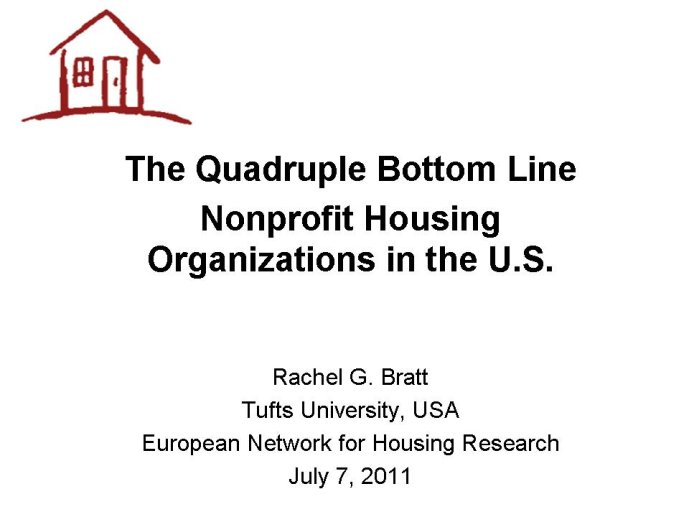
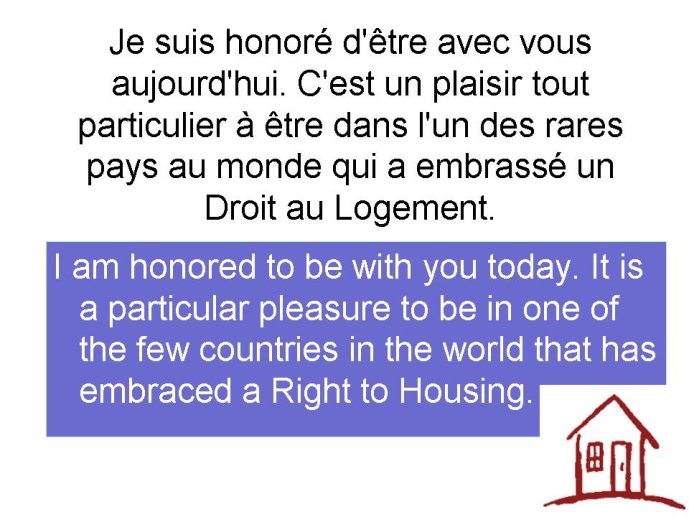
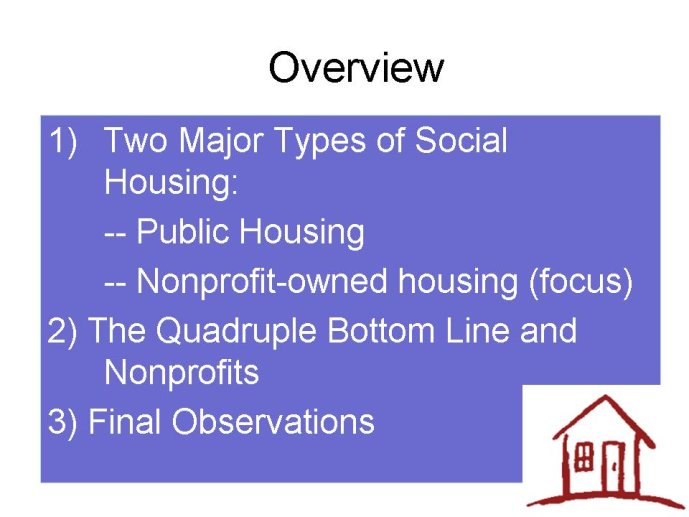
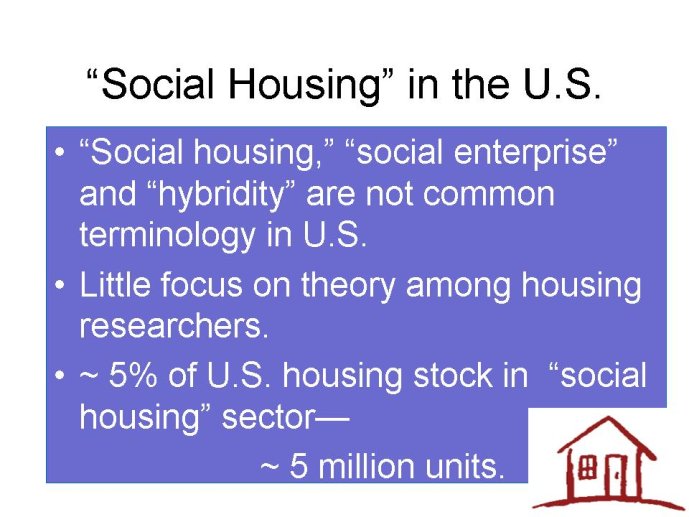
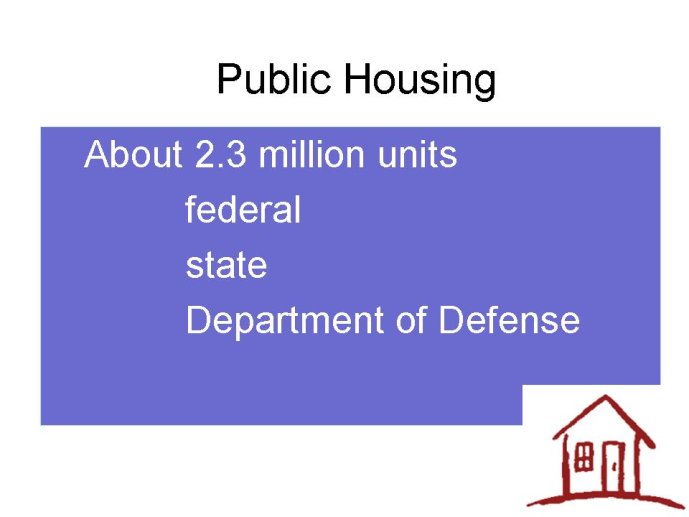
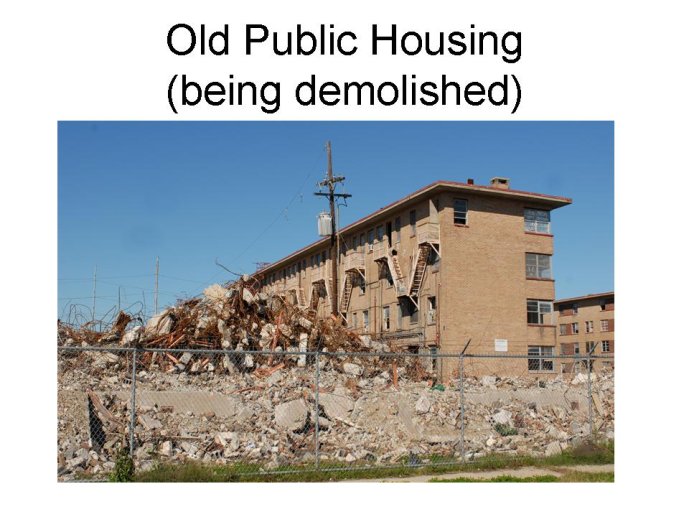
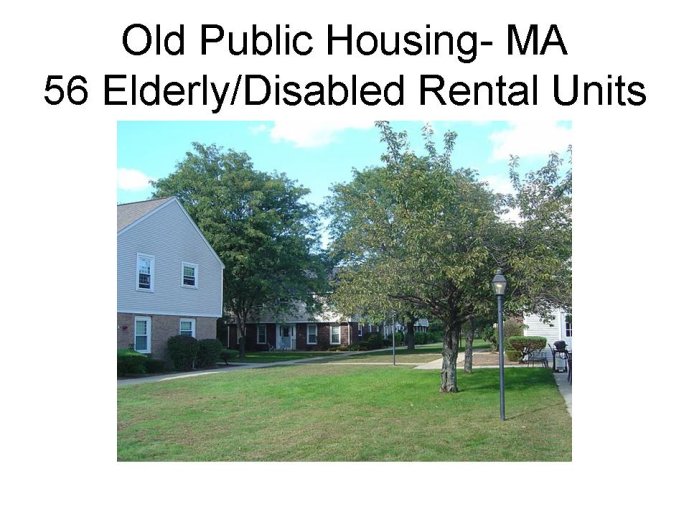
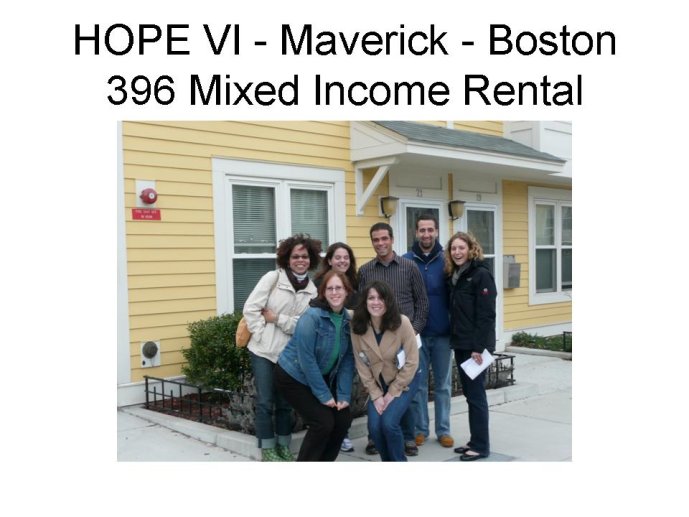
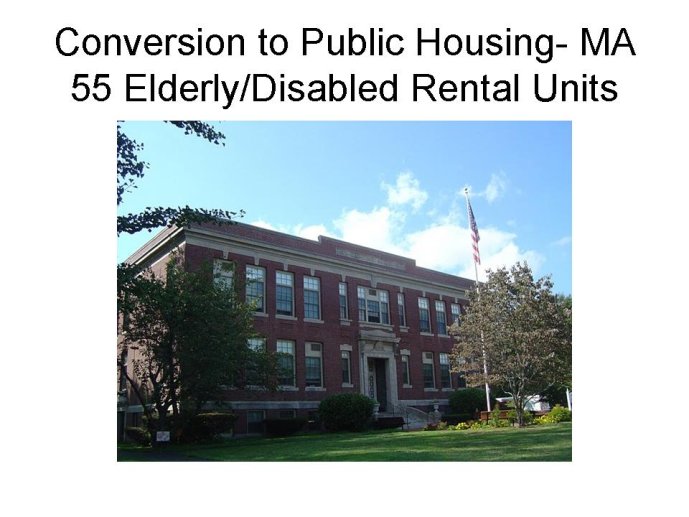
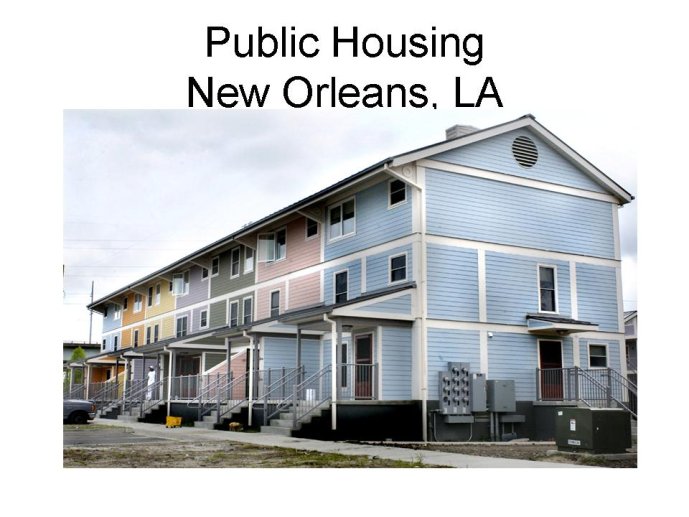
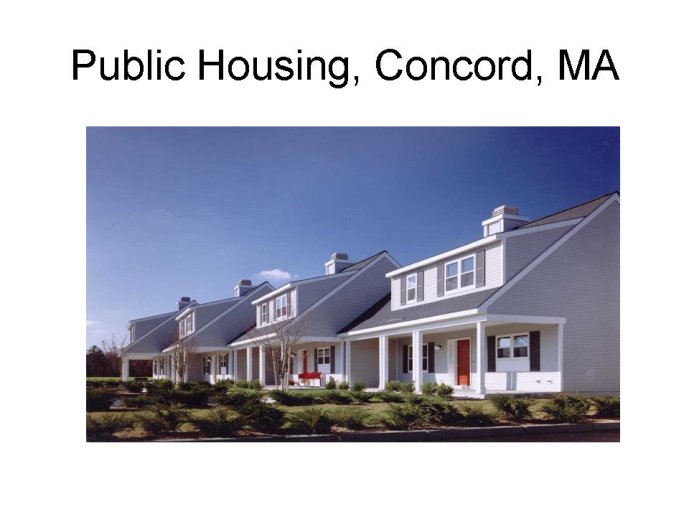
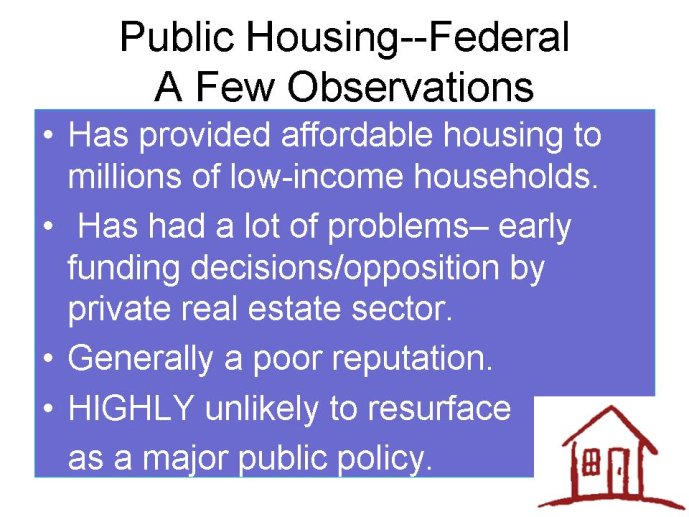
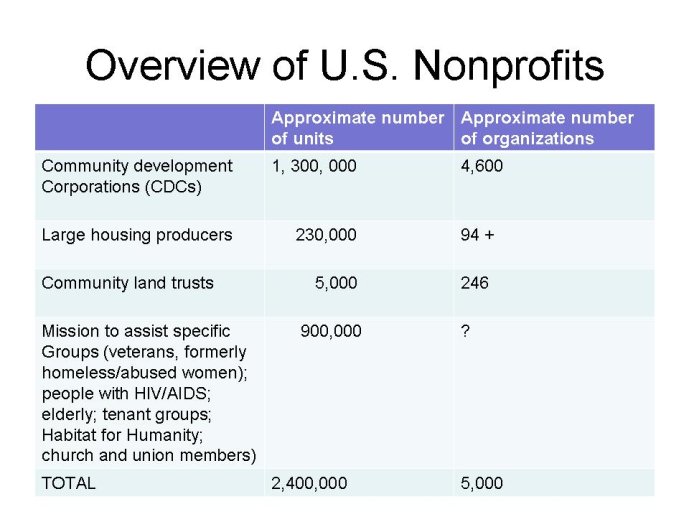
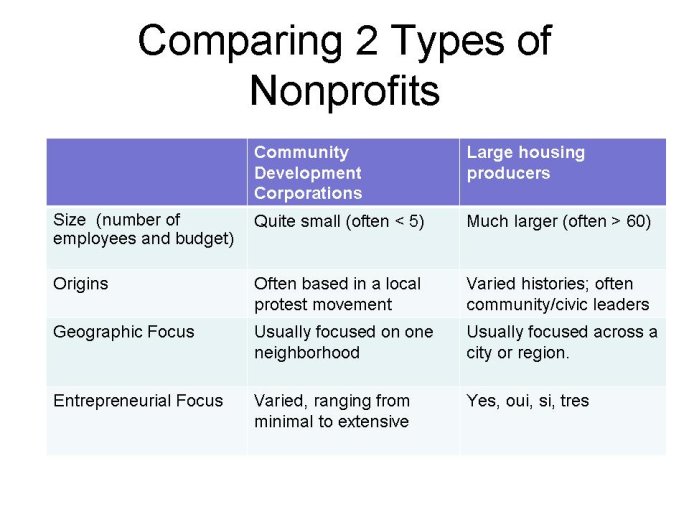
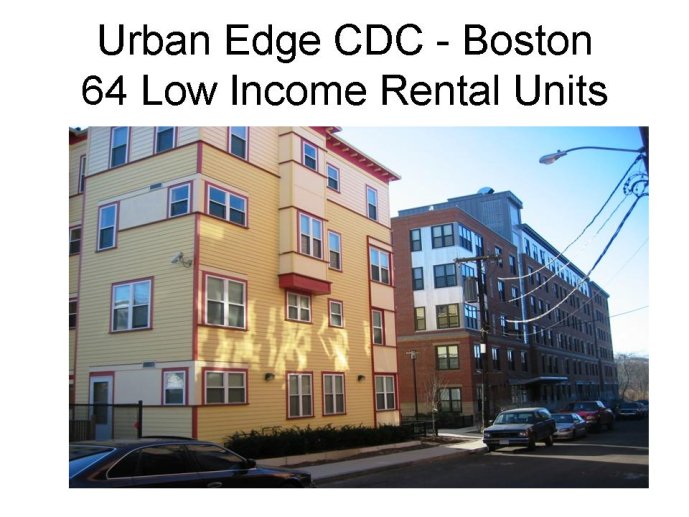


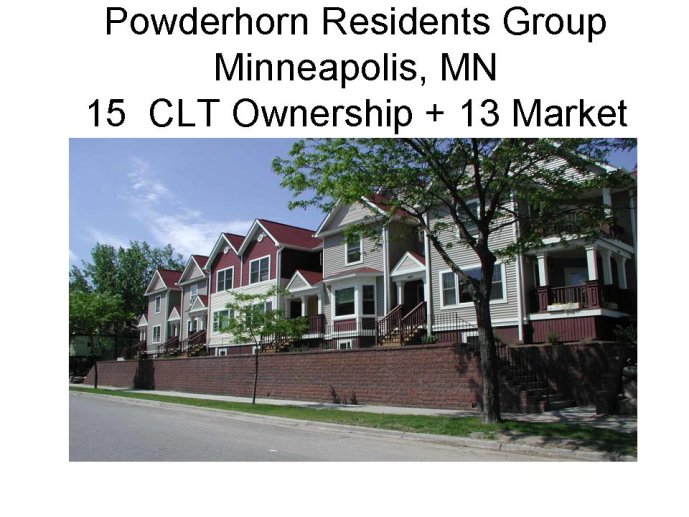

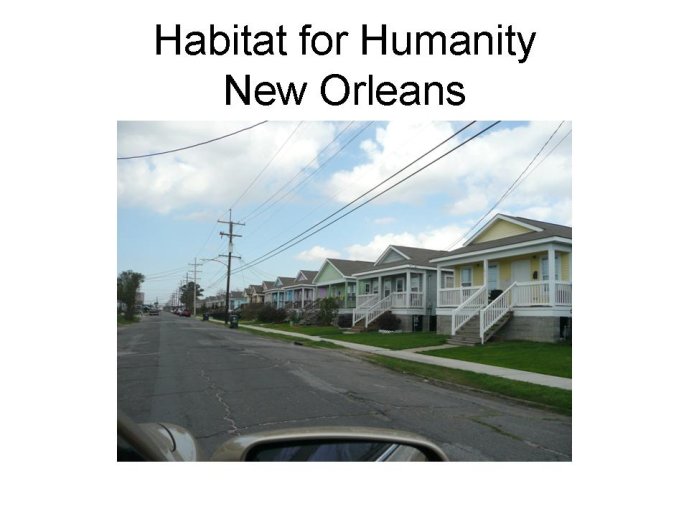
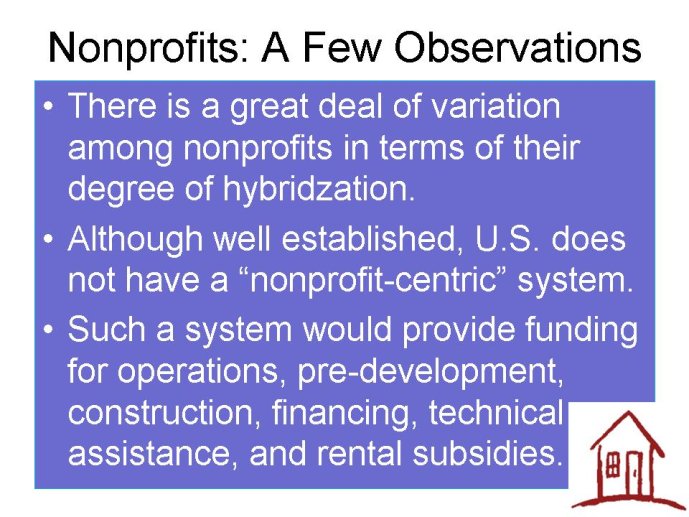
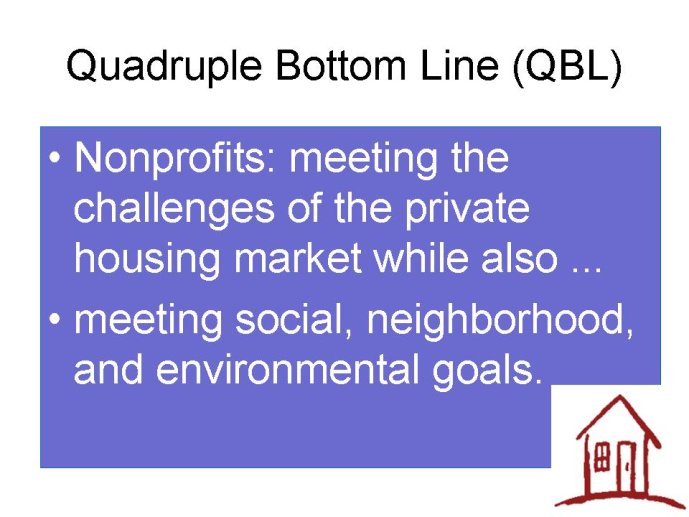
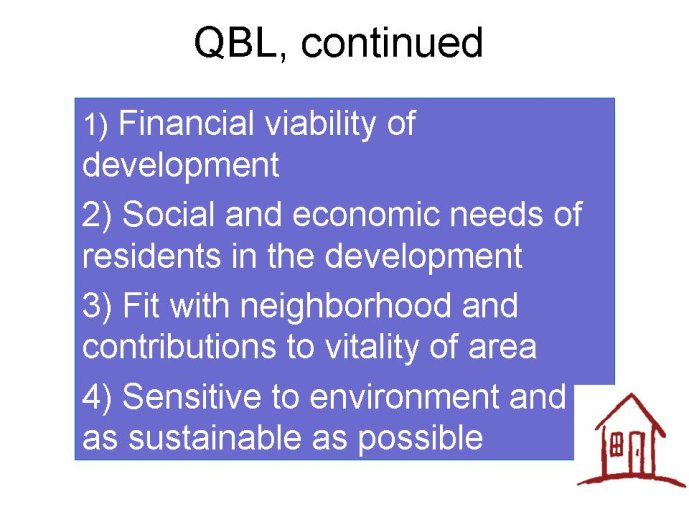
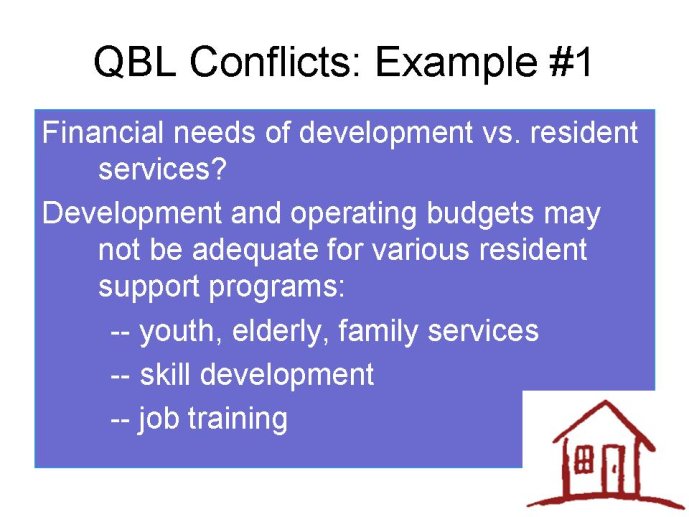
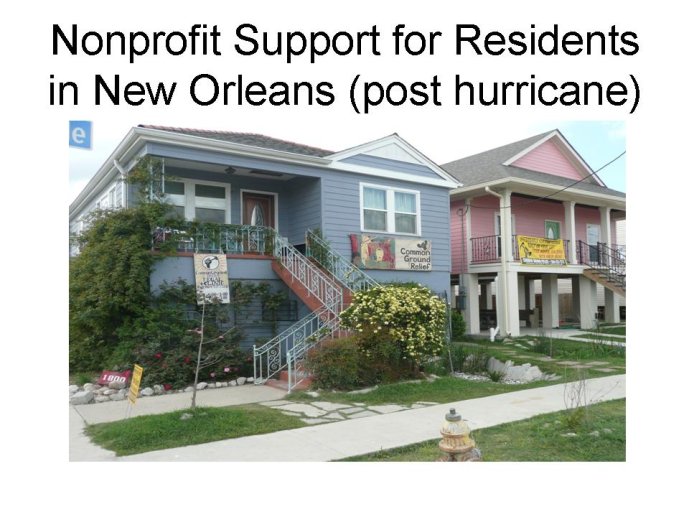

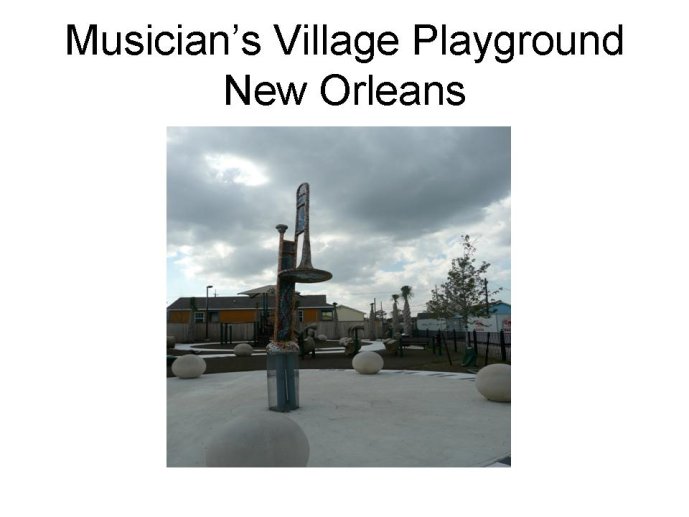
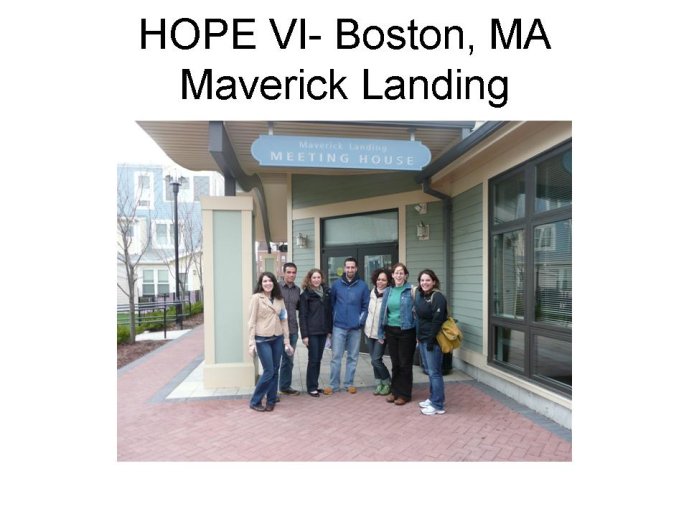
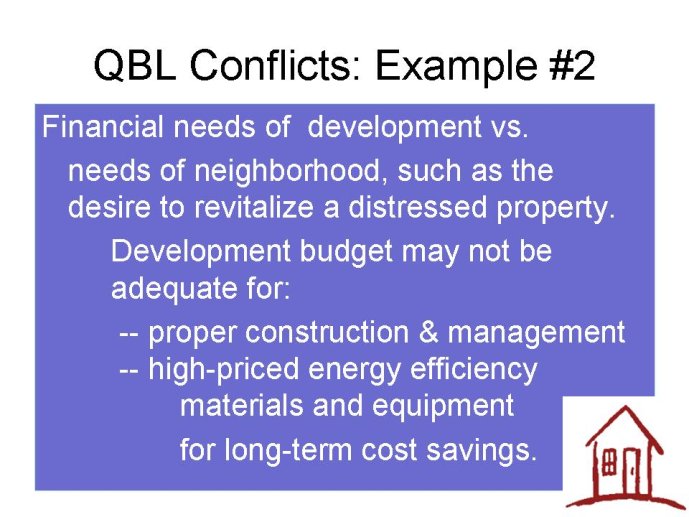
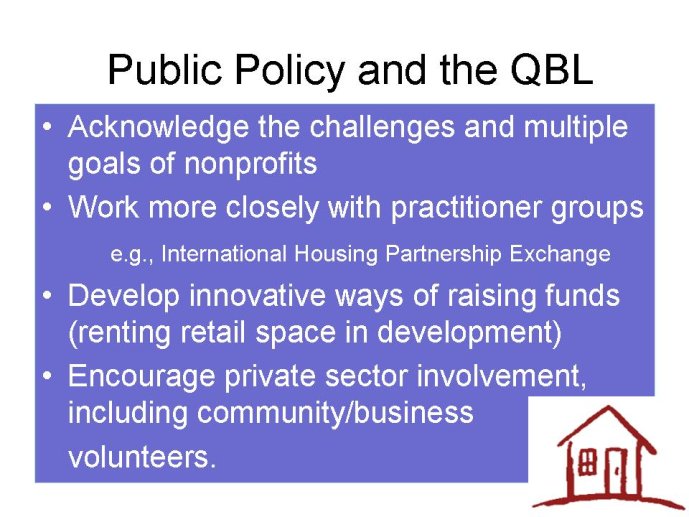
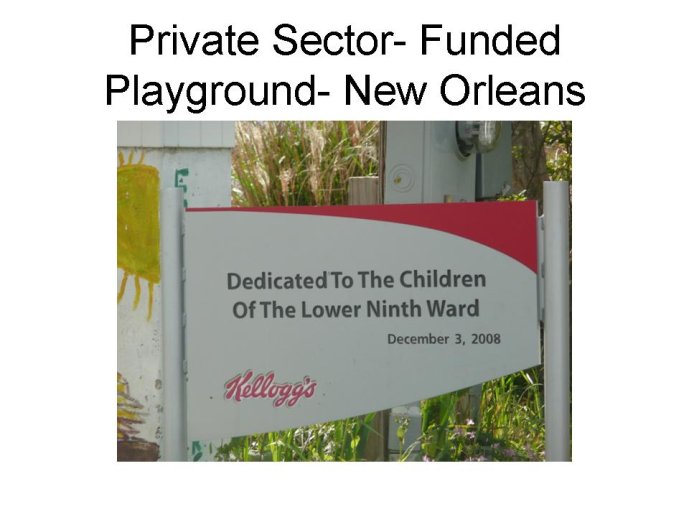
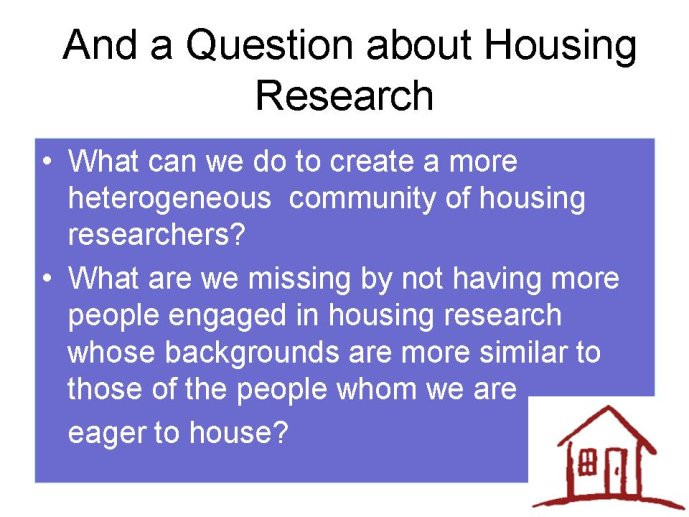
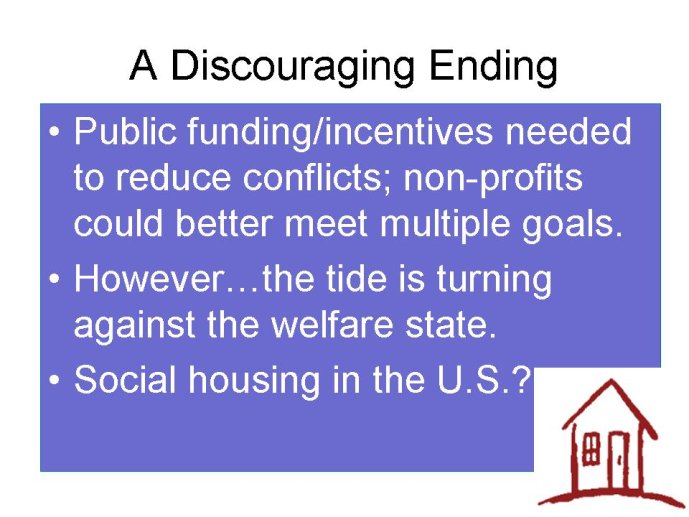

![Mixité, an urban and housing issue: ouverture du colloque [VO] / P. Boelhouwer, F. Ménard et al.](https://vod.canal-u.tv/videos/media/images/themes/sciences_humaines_sociales_de_l_education_et_de_l_information/sciences_de_la_societe/sociologie_anthropologie_ethnologie/sociologie/services_et_problemes_sociaux/mixite_an_urban_and_housing_issue_ouverture_du_colloque_vo_p_boelhouwer_f_menard_et_al/2175742-14-fre-FR/mixite_an_urban_and_housing_issue_ouverture_du_colloque_vo_p_boelhouwer_f_menard_et_al.gif)
![Mixité, an urban and housing issue: ouverture du colloque [VF] / P. Boelhouwer, F. Ménard et al.](https://vod.canal-u.tv/videos/media/images/themes/sciences_humaines_sociales_de_l_education_et_de_l_information/sciences_de_la_societe/sociologie_anthropologie_ethnologie/sociologie/services_et_problemes_sociaux/mixite_an_urban_and_housing_issue_ouverture_du_colloque_vf_p_boelhouwer_f_menard_et_al/2161572-30-fre-FR/mixite_an_urban_and_housing_issue_ouverture_du_colloque_vf_p_boelhouwer_f_menard_et_al.gif)
![Mixité, an urban and housing issue: introduction au colloque [VO]/ M.-C. Jaillet, Jean-Claude Driant](https://vod.canal-u.tv/videos/media/images/themes/sciences_humaines_sociales_de_l_education_et_de_l_information/sciences_de_la_societe/sociologie_anthropologie_ethnologie/sociologie/services_et_problemes_sociaux/mixite_an_urban_and_housing_issue_introduction_au_colloque_vo_m_c_jaillet_jean_claude_driant/2175399-10-fre-FR/mixite_an_urban_and_housing_issue_introduction_au_colloque_vo_m_c_jaillet_jean_claude_driant.gif)
![Mixité, an urban and housing issue: introduction au colloque [VF]/ M.-C. Jaillet, Jean-Claude Driant](https://vod.canal-u.tv/videos/media/images/themes/sciences_humaines_sociales_de_l_education_et_de_l_information/sciences_de_la_societe/sociologie_anthropologie_ethnologie/sociologie/services_et_problemes_sociaux/mixite_an_urban_and_housing_issue_introduction_au_colloque_vf_m_c_jaillet_jean_claude_driant/2162823-25-fre-FR/mixite_an_urban_and_housing_issue_introduction_au_colloque_vf_m_c_jaillet_jean_claude_driant.gif)
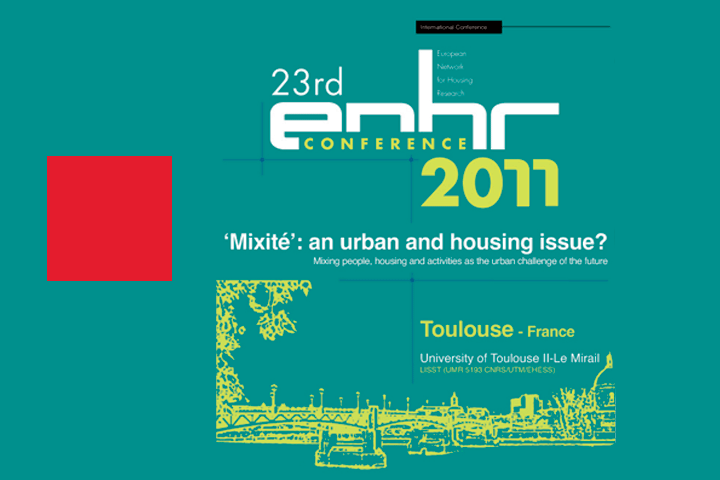
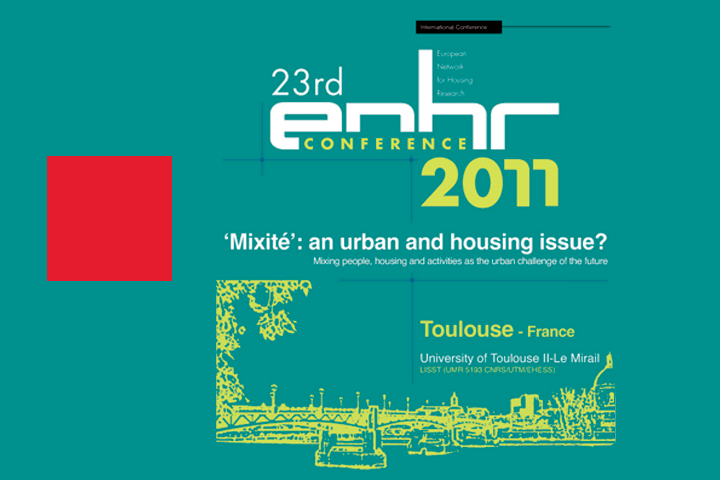
![Implementing "Mixité". Discourses and experiences of politicians and stakeholders: Round Table [VF]](https://vod.canal-u.tv/videos/media/images/themes/sciences_humaines_sociales_de_l_education_et_de_l_information/sciences_de_la_societe/sociologie_anthropologie_ethnologie/sociologie/services_et_problemes_sociaux/implementing_mixite_discourses_and_experiences_of_politicians_and_stakeholders_round_table_vf/2165463-16-fre-FR/implementing_mixite_discourses_and_experiences_of_politicians_and_stakeholders_round_table_vf.gif)
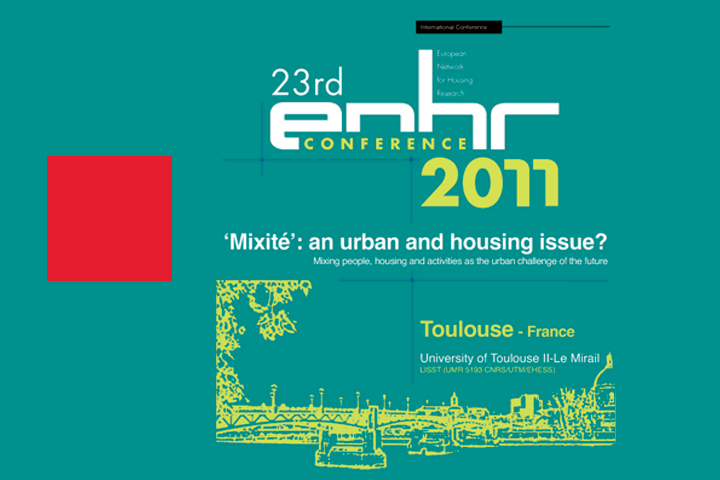
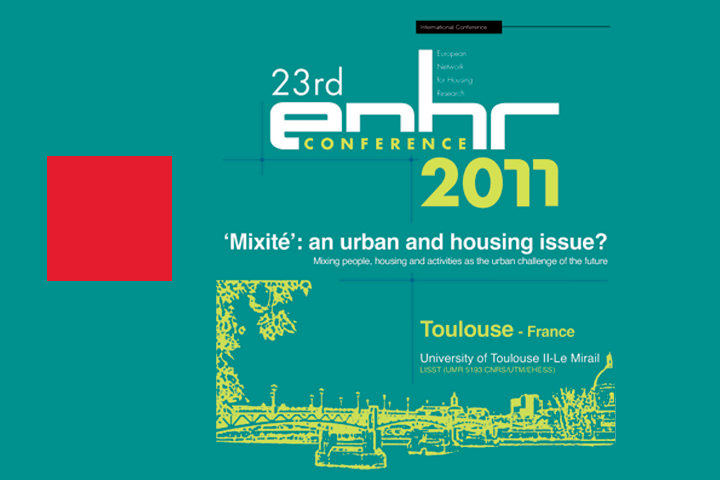
![Approaches, pratices, challenges of mixité in urban contexts: présentation plénière [VF]/ Ian Cole](https://vod.canal-u.tv/videos/media/images/themes/sciences_humaines_sociales_de_l_education_et_de_l_information/sciences_de_la_societe/sociologie_anthropologie_ethnologie/sociologie/services_et_problemes_sociaux/approaches_pratices_challenges_of_mixite_in_urban_contexts_presentation_pleniere_vf_ian_cole/2164972-9-fre-FR/approaches_pratices_challenges_of_mixite_in_urban_contexts_presentation_pleniere_vf_ian_cole.gif)
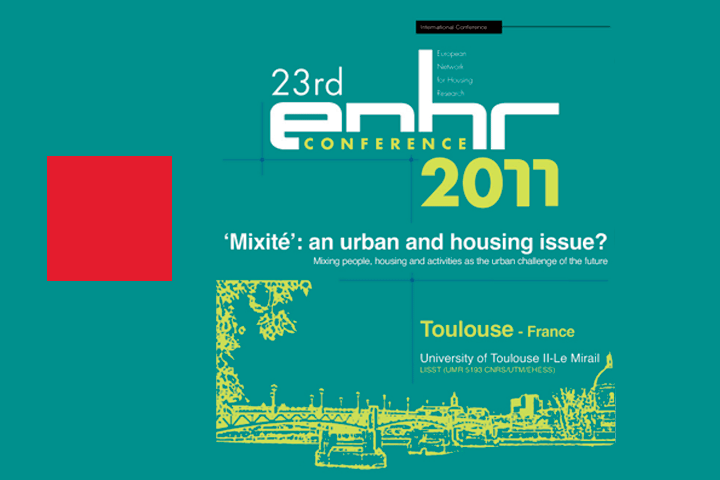
![The grammar of "mixed communities": urban injustice and the Aylesbury Estate [VF] / Loretta Lees](https://vod.canal-u.tv/videos/media/images/themes/sciences_humaines_sociales_de_l_education_et_de_l_information/sciences_de_la_societe/sociologie_anthropologie_ethnologie/sociologie/services_et_problemes_sociaux/the_grammar_of_mixed_communities_urban_injustice_and_the_aylesbury_estate_vf_loretta_lees/2165074-8-fre-FR/the_grammar_of_mixed_communities_urban_injustice_and_the_aylesbury_estate_vf_loretta_lees.gif)
![The quadruple bottom line: Nonprofit Housing Organizations in the United States [VO] / Rachel Bratt](https://vod.canal-u.tv/videos/media/images/themes/sciences_humaines_sociales_de_l_education_et_de_l_information/sciences_de_la_societe/sociologie_anthropologie_ethnologie/sociologie/services_et_problemes_sociaux/the_quadruple_bottom_line_nonprofit_housing_organizations_in_the_united_states_vo_rachel_bratt/2175620-7-fre-FR/the_quadruple_bottom_line_nonprofit_housing_organizations_in_the_united_states_vo_rachel_bratt.gif)











